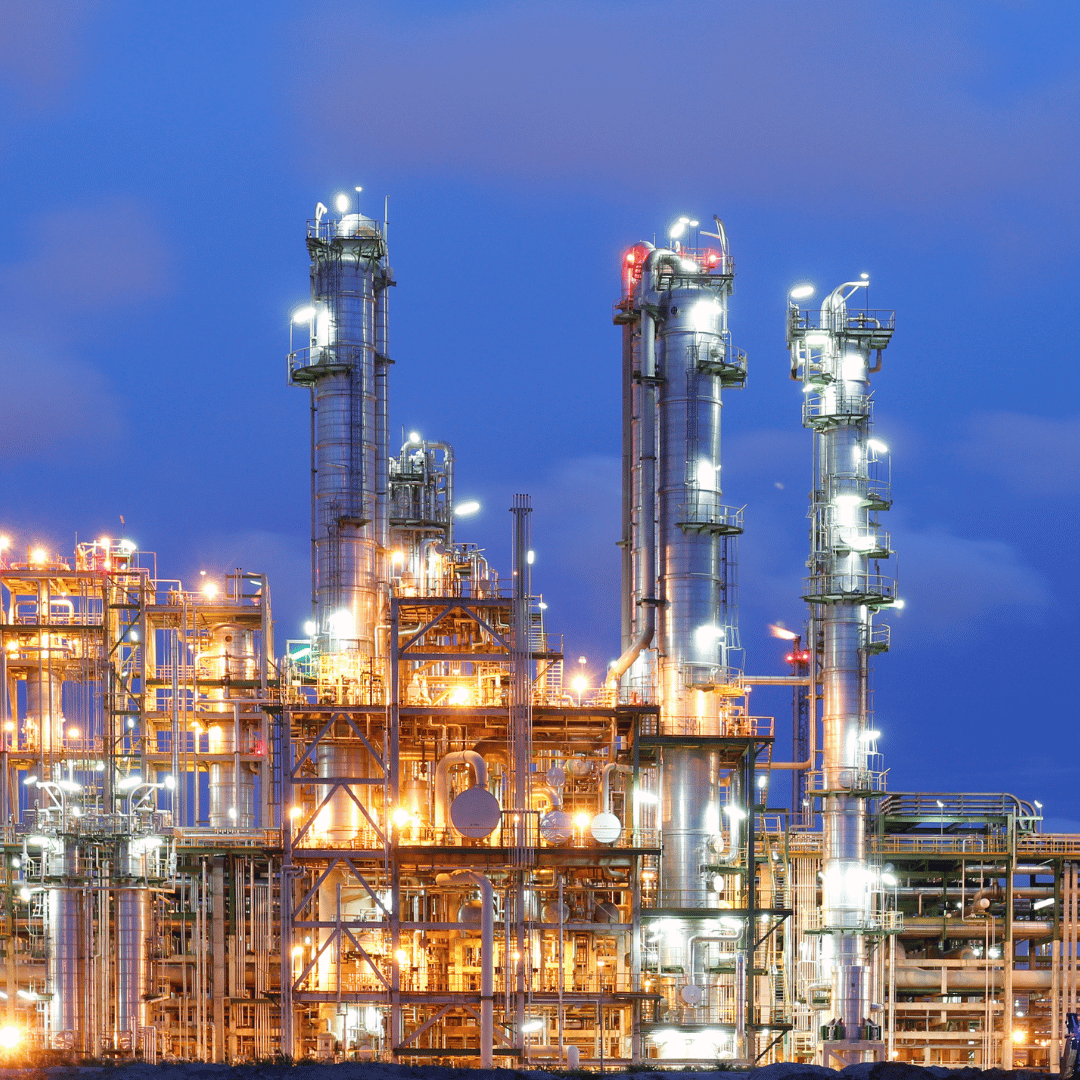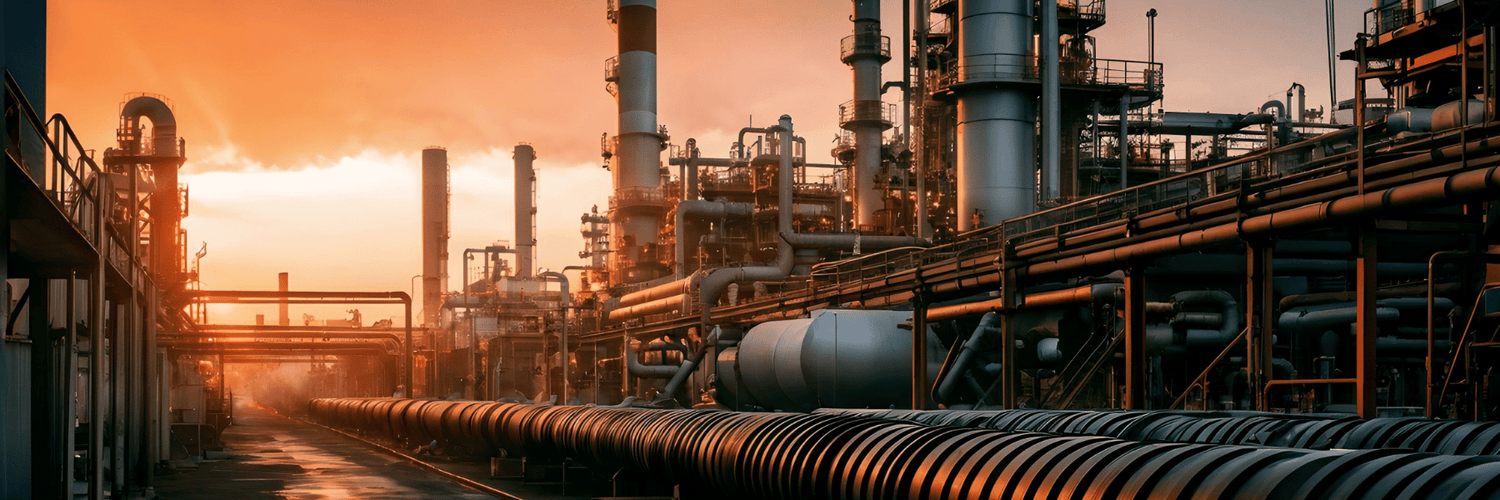The chemical industry handles a wide range of gases, both organic and inorganic, many of which have low flashpoints, low LELs (lower explosive limits), and broad flammability ranges. These characteristics make them highly volatile and dangerous. Despite their essential role in producing materials critical to countless global industries, the products and byproducts of chemical processes present significant safety challenges, requiring robust and reliable gas detection systems.
During manufacturing, storage, and transportation, various gas hazards can arise. Toxic gases such as ammonia, chlorine, and hydrogen sulfide pose severe health risks at elevated concentrations. Flammable gases, if accidentally released, carry a high risk of explosion, especially in environments where ignition sources are present. Additionally, maintenance activities at chemical plants introduce heightened risks. Tasks like welding or soldering (hot work) can lead to combustion in volatile environments, while confined spaces—such as silos, storage tanks, and distillation columns—pose risks due to poor ventilation and potential gas accumulation.
To mitigate these dangers, stringent safety measures are essential. Hot work permits, thorough pre-entry checks, and effective gas monitoring are critical to maintaining a safe workplace. Advanced gas detection systems, along with proper ventilation, personal protective equipment, and adherence to safety protocols, ensure that workers are protected from toxic exposures, fire, and explosion hazards in this high-risk industry.

Hazardous Areas in Chemical Industries
Generally, unless a self-reacting, pyrophoric or other spontaneously combustible substance is
involved, there are three conditions necessary for a fire or explosion to occur. A flammable or
combustible material must be present; an oxidant (e.g., oxygen) must be present and the resulting
mixture must be within the material’s flammability or explosive range; and an ignition source must
be available to ignite the mixture.
APPLICATIONS
-
Chemical Production
Chemicals such as chlorine (Cl2), ammonia (NH3), sulfur dioxide (SO2), and hydrogen sulfide (H2S) are frequently involved in industrial production processes. Meanwhile, flammable gases like methane (CH4), hydrogen (H2), acetylene (C2H2), and volatile organic compounds (VOCs) can escape during manufacturing activities. Gas leaks are a particular concern in chemical reactors and pipelines, highlighting the critical need for comprehensive gas detection systems throughout the production cycle. These systems are essential to protect against toxic exposure and fire-related risks, ensuring a safe working environment.
-
Chemical Storage
Storing gases or volatile chemicals in containers, tanks, or silos can present serious hazards without proper monitoring. Implementing gas detection systems in chemical storage areas is crucial for identifying potential leaks, tracking oxygen levels, and detecting any unexpected chemical reactions that may occur. This ensures the safety of both the facility and its personnel.
-
Chemical Distribution
The transportation and distribution of chemicals carry the risk of leaks and spills, particularly when transferring gases or volatile liquids between containers. Gas detection is crucial for safely managing chemicals during distribution, especially during high-risk activities like loading and unloading. These stages often see the highest likelihood of leaks, particularly at connection points and valves where toxic or flammable gases are most likely to escape.
-
By Products
Chemical processes frequently generate gaseous byproducts that can be toxic, hazardous, or flammable. Gas detection systems are essential for monitoring dangerous byproducts like sulfur oxides (SOx) and volatile organic compounds (VOCs), ensuring that they are safely captured, treated, and comply with environmental standards.







